


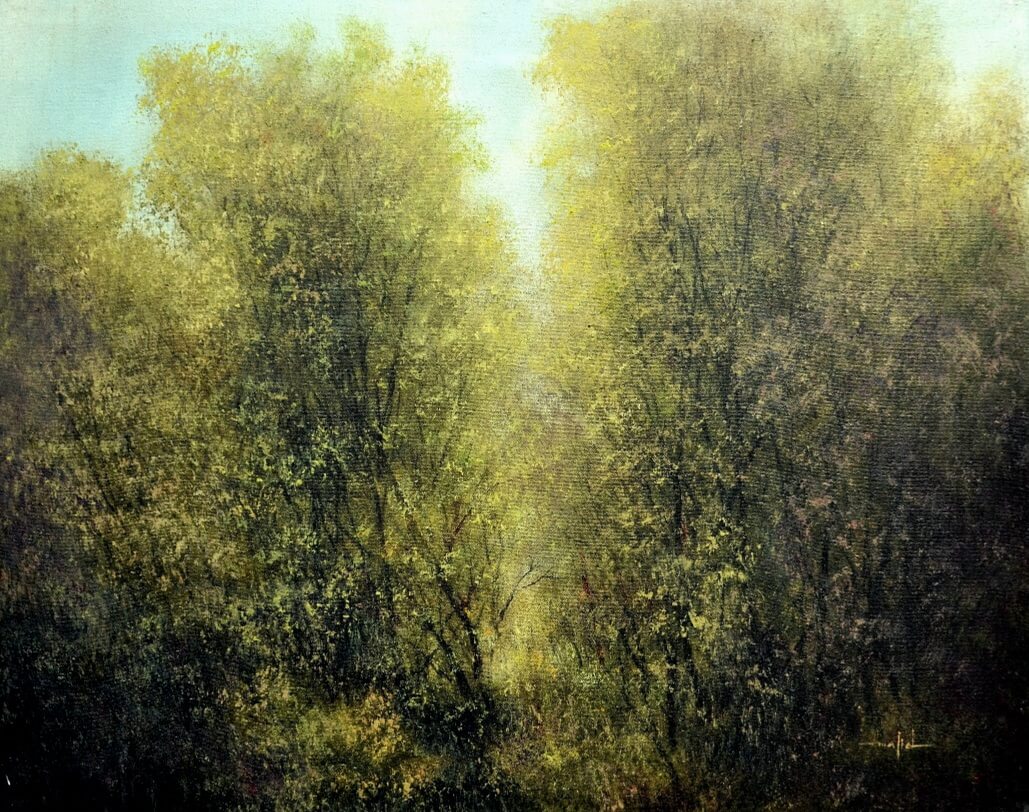
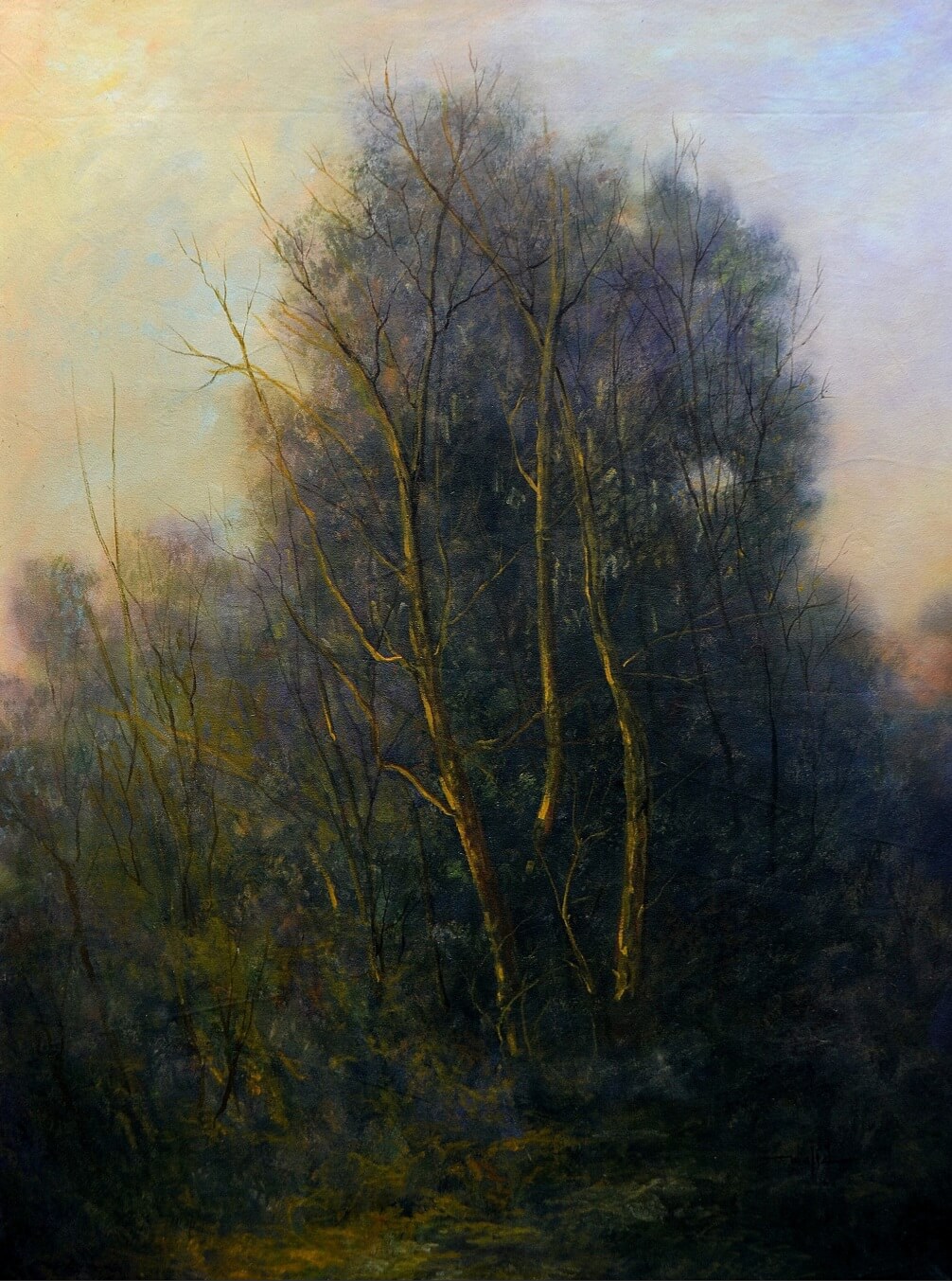
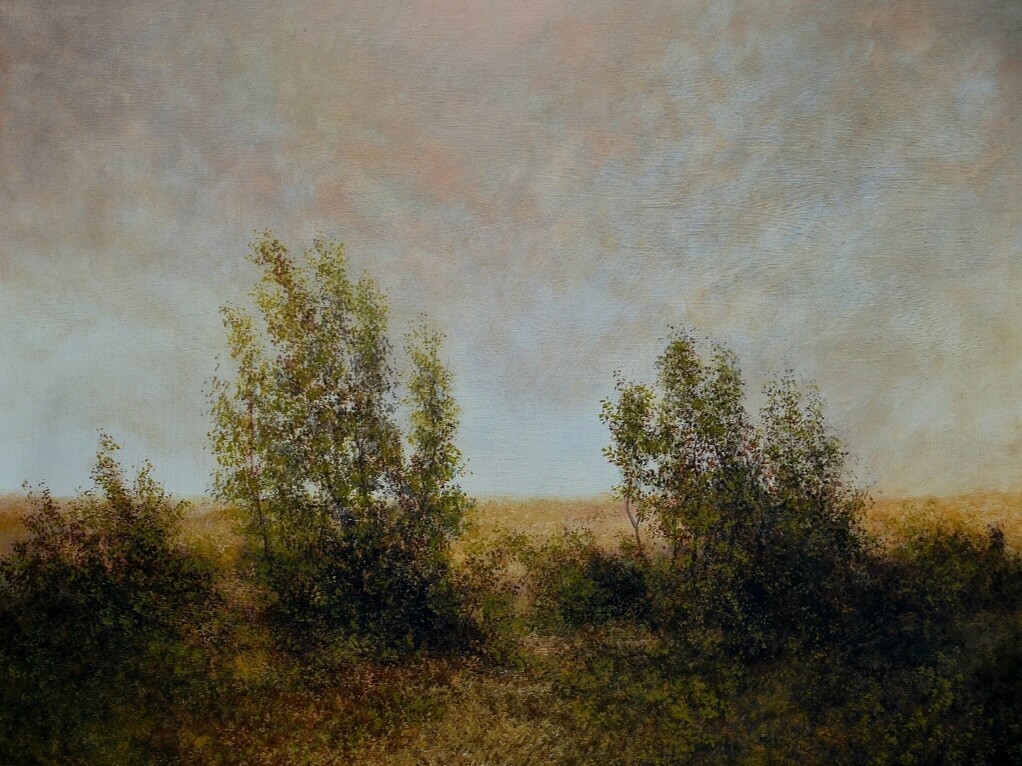
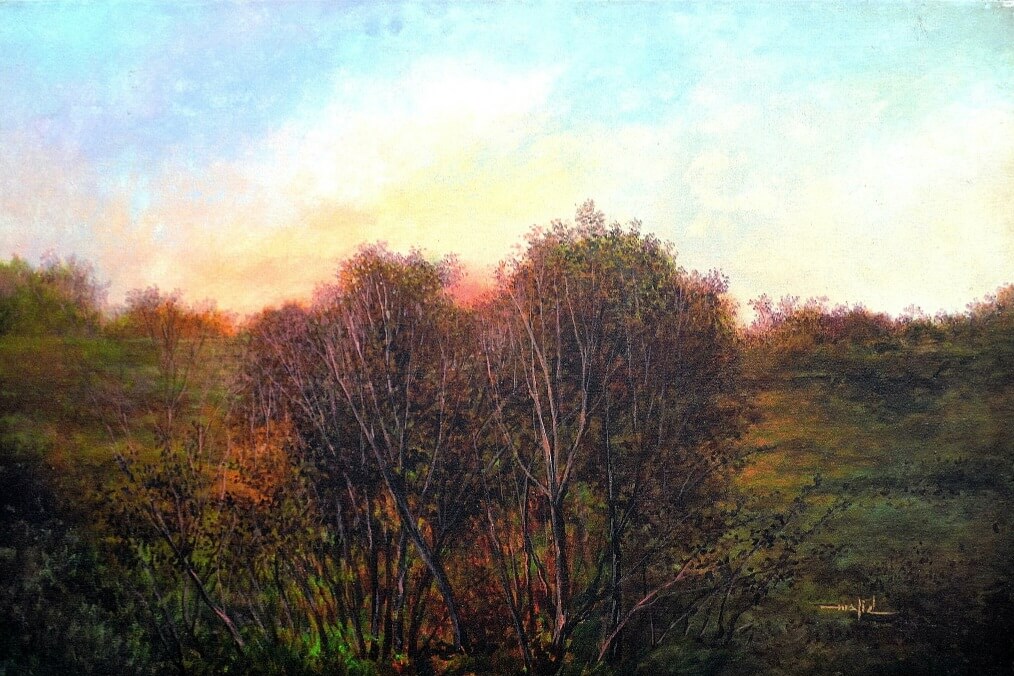
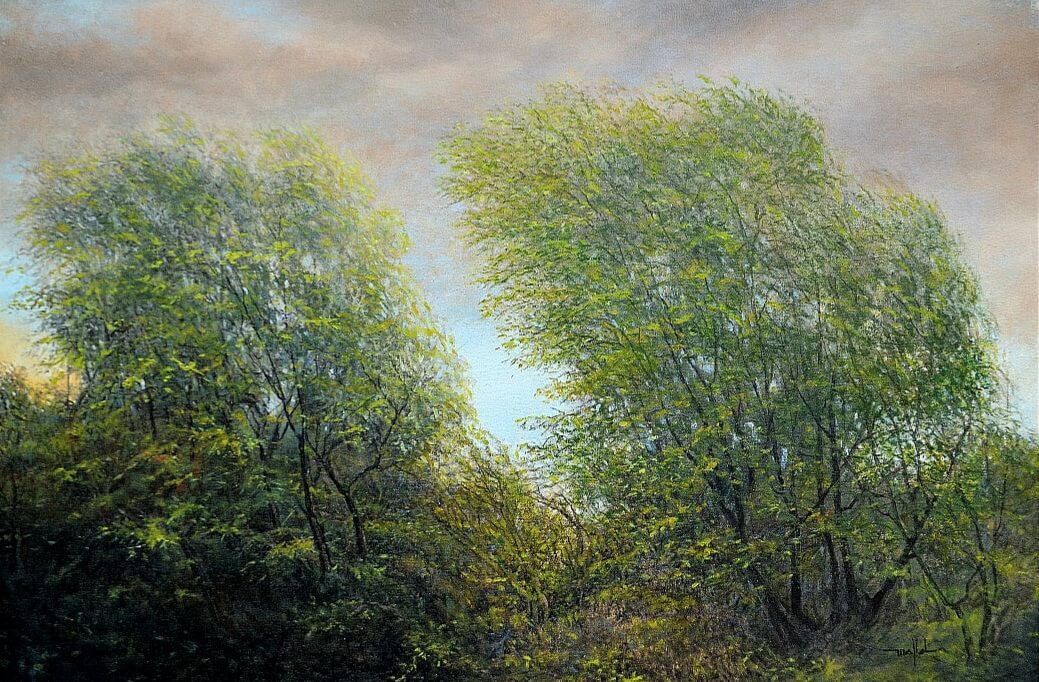
The development of landscape painting in Pakistan took place in a few distinct ways. One is through the academic tradition, in which the major component of learning comes from institutional setup as formal education. The other is learning from guilds or from lineage of artists as heredity where learning is often based upon observation or oral tradition. Strong observation and imagination of an artist play fundamental role in such process of learning. This autodidactic tradition offers an artist learn through an inherited tradition or oral repertoire of knowledge and experience skills that are preserved and transferred by generations of a family. This essay discusses the work of an autodidact landscape artist, Ustad Abdul Majid. His landscapes are interpretations of his imagination and memory but with a realistic rendering that often express amalgamation of romanticism as well. An analytical approach is opted to analyze Ustad Abdul Majid’s landscape paintings as a combination of elements that one finds in both Eastern and Western art traditions. This research initially provides an overview of major developments in landscape painting in the West and the artistic repertoire of oral tradition in the East. Furthermore, analysis of certain moods and feelings in selected landscape paintings is focus of this research by investigating usage of various elements and principles of art. Not much of Ustad Abdul Majid’s artwork is documented so this research provides an opportunity to the readers toknow about autodidactic landscape paintings that are not less in any way from institutionally produced art works.
